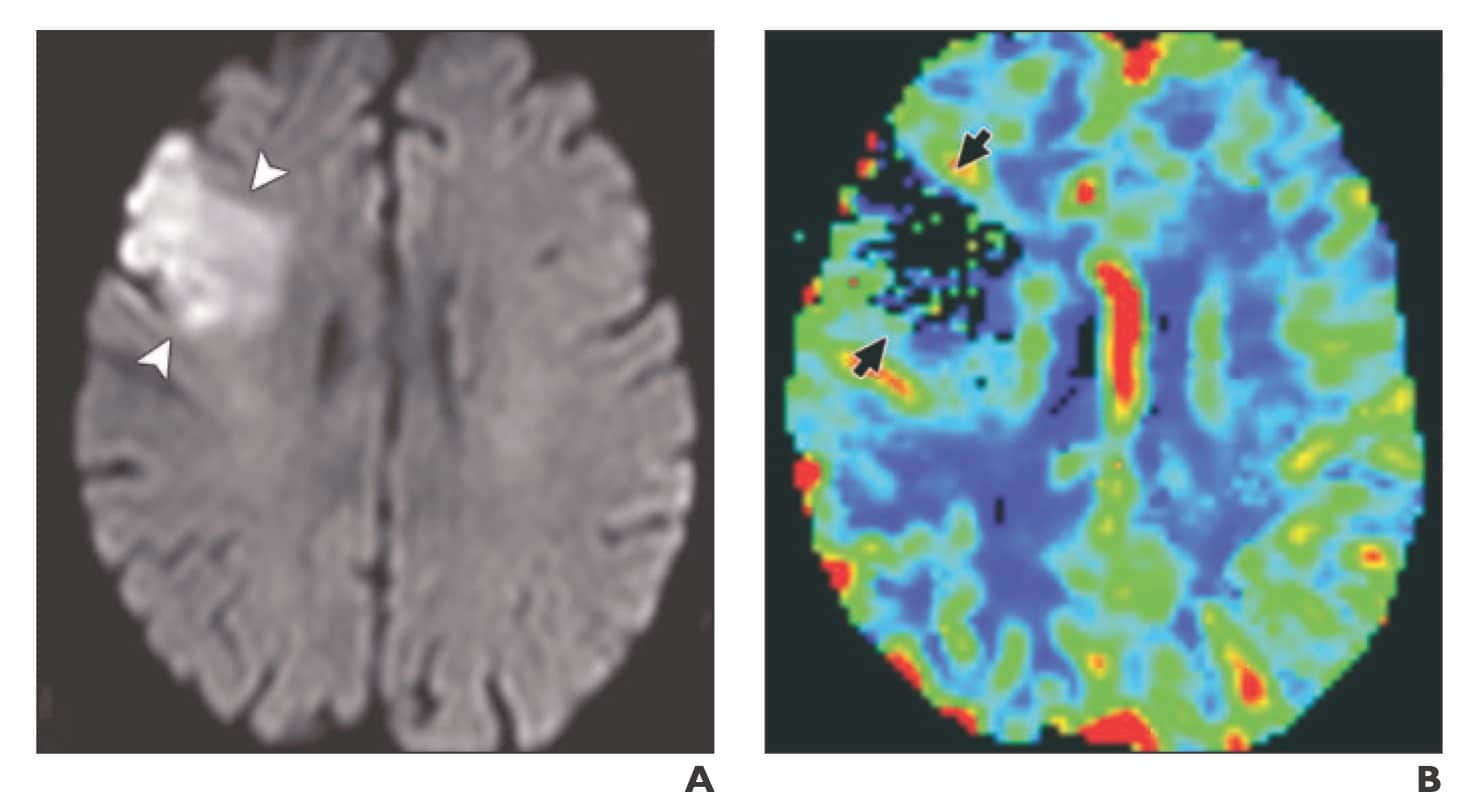From an article published in Brain Research Bulletin in Oct. 2023
Qihang Luo, Jun Zheng, Bin Fan, Jingying Liu, Weijing Liao, Xin Zhang,
Enriched environment attenuates ferroptosis after cerebral ischemia/reperfusion injury by regulating iron metabolism, Brain Research Bulletin, Volume 203, 2023.Imagine a world where strokes aren’t just treated but prevented. Recent studies suggest that Sensory Enrichment Therapy, inspired by research on animal environments, could be the key to mitigating the effects of stroke-related brain injuries. This therapy has shown promise in protecting our brain cells by reducing a harmful process called ferroptosis, which contributes to cell death during a stroke.
When someone experiences a stroke, the options for protecting the brain are limited. Environmental Enrichment, however, appears to have a unique ability to reduce certain inflammatory markers in the brain. By doing so, it helps to lower the levels of harmful substances that can lead to cell death. This therapy seems to work by regulating how iron is used in the brain, creating a safer environment for our brain cells and potentially reducing the damage caused by strokes.
In a recent study, researchers found that providing a rich sensory environment to animals helped protect their brains from the harmful effects of stroke. This exciting discovery suggests that by enriching our sensory experiences, we might be able to better protect our brains from the impact of strokes. While there’s still more to learn about how this therapy works, it offers a ray of hope for both stroke survivors and those hoping to prevent strokes in the future.
That same study also measured a change in the way certain genes (TfR1) are expressed that manage how iron is carried into and out of cellsTfR1 and therefore regulate how much iron is inside the cells. When the expression of TfR1 is reduced, it implies that the activity of this protein in facilitating the uptake of iron into cells is also reduced.
The results from the study, which delved into the effects of various housing environments on experimental animals, revealed the profound impact of the enriched environment on key molecular pathways associated with stroke recovery. The findings provide a glimmer of hope for individuals who have suffered from strokes and those who are striving to prevent them.
While further research is needed to fully unlock the mechanisms underlying the therapeutic effects of Sensory Enrichment Therapy, the current evidence underscores its potential as a groundbreaking approach in the realm of stroke management and prevention.


My son is 26 yrs old. He has been highly impacted w different therapies. Ex. ABA/ST/Sensory integration/auditory integration/adapted physical education and sports/others. He has speech delay: unable to engage conversations, short sentences to communicate ideas, fully bilingual and very social. Do you understand your program could be good for him??
Age is not an issue with Sensory Enrichment Therapy. In fact, our clinical data suggests that older kids (15-18) progress a bit faster than younger children, especially in the first few weeks. 18 years old was the oldest age in the data, but we have anecdotal data as well that supports this observation in older adults and seniors.
Speech development is complex. It sounds like your son has the basic tools to produce language physically (since he can say short sentences) and that he is interested in social interaction. This is crucial, but there are more aspects of language, including self-awareness, brain chemistry and a good flow of information between all the brain functions involved, for example. To be more specific in our answer about what to expect, we would need more details about the aspects of speech development in which your son is “stuck”.
We have an article that might be useful: https://www.mendability.com/autism-therapy/speech-autism-therapy/speech-development-milestones-checklist/
If you would like to discuss this in more detail, we could schedule a free consultation with a member of our team. Have a look at this link to check available times: https://www.mendability.com/scheduling/free-consultation